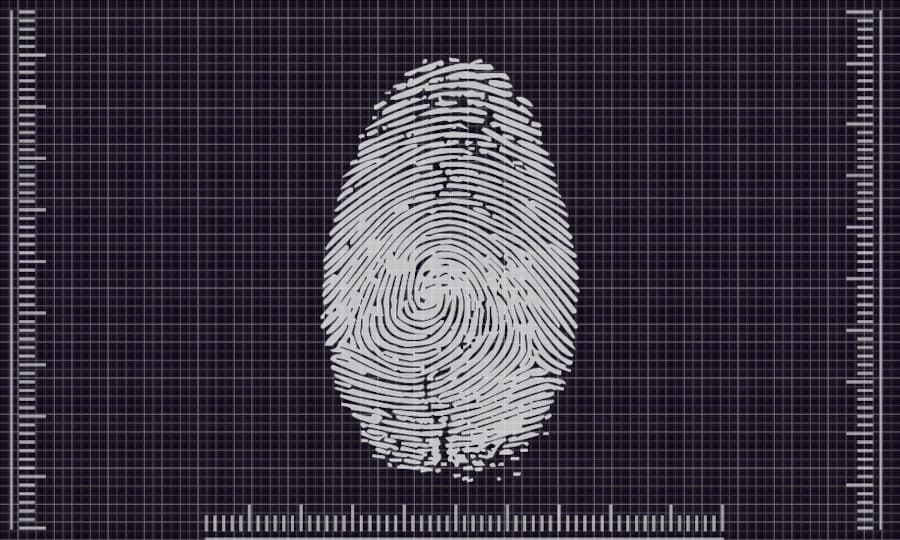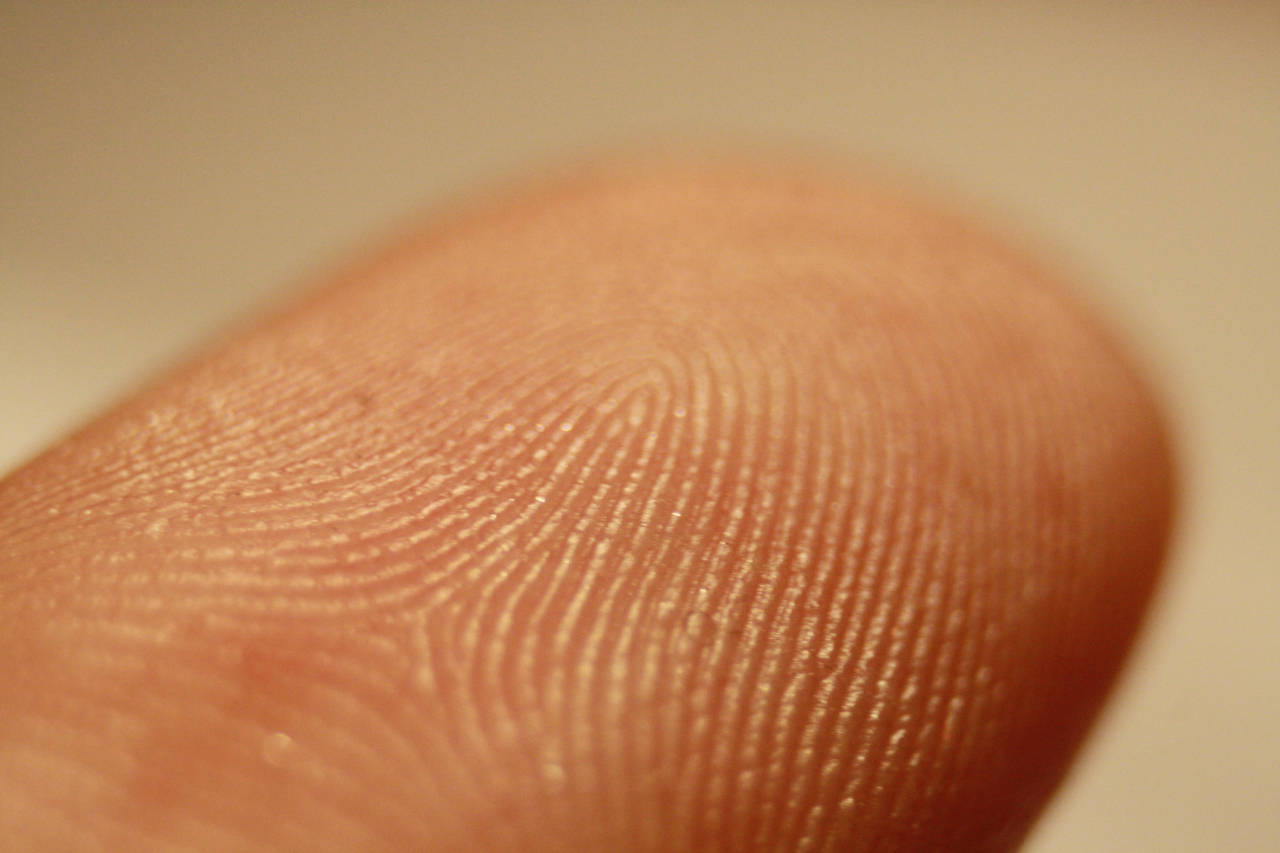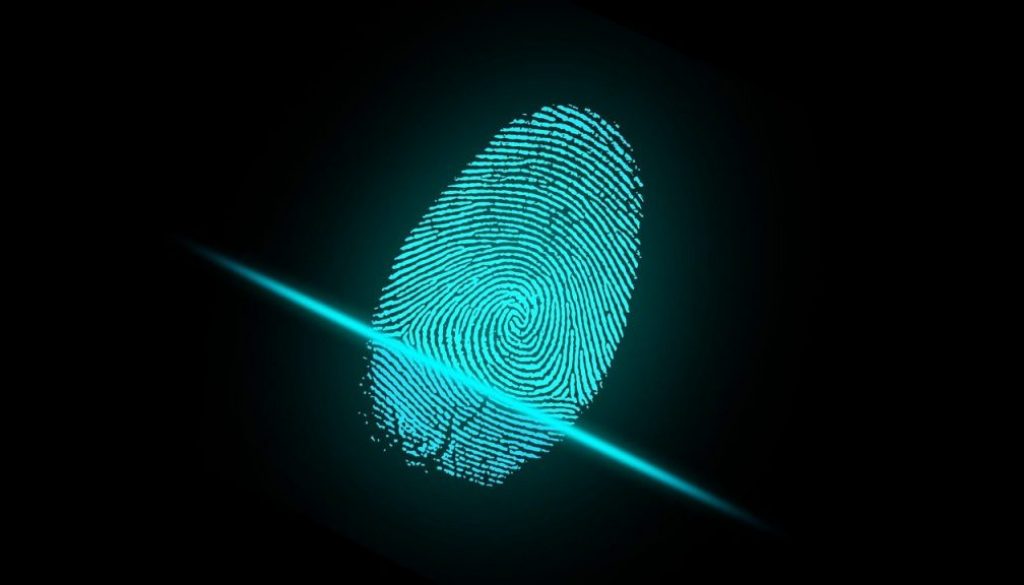Digital fingerprint reader
A fingerprint reader was until recently quite an exotic technology in the real world, where we watched futuristic movies with these types of devices. In recent years, however, scanners have started to appear everywhere: high-security buildings, mobile phones, office entrances, and even on PC keyboards.
Fingerprints are a unique marker for each person. While two prints may look basically the same, advanced software can detect sharp and clear differences.
In this article, we will talk more about the fingerprint detector and the different types out there.
What is a fingerprint reader?
Fingerprint sensors are electronic devices that allow us to identify our fingerprints. This process is mainly composed of reading, saving and identifying the fingerprint. Each imprint of our fingers are different from each other, and of course, different from anyone else.
How does the fingerprint reader work?
A digital fingerprint scanner system has two basic functions. On the one hand, you need to obtain an image of your finger and on the other, you must determine if the pattern of ridges and valleys in that image matches the pattern of ridges and valleys in previously scanned and saved images.

Fingerprint scanning is a form of physiological biometrics that analyzes your physical characteristics to authenticate your identity. Basically, it recognizes that your fingerprint belongs to you and no one else.
We all have unique identification marks on our fingers that are used to create a fingerprint. These cannot be changed or deleted, so they are a good indicator of identity for security procedures.
Keep in mind that some scanners rely on light, some on electricity, and some on sound to map the ridges and valleys of your fingers.
Types of fingerprint scanners
Among the different types of biometric scanner we find several types of fingerprint reader:
- Optical scanner
- Capacitance scanner
- Ultrasonic scanner
- Thermal scanner
Optical scanners take a visual image of the fingerprint using a digital camera. The set of pixels form an image of the scanned scene (in this case, a finger). Subsequently, the captured fingerprint is compared with the registered fingerprints.
Capacitive or CMOS scanners use capacitors and thus form an image of the fingerprint through electrical current. This type of scanner tends to stand out in terms of accuracy. These types of scanners are usually more compact than optical devices.
Ultrasound fingerprint scanners use high-frequency sound waves to penetrate the epidermal (outer) layer of the skin. The waves are then reflected off the sensor which are then analyzed to create a digital image of the fingerprint.
Finally, thermal scanners detect temperature differences at the contact surface, between the ridges and valleys of fingerprints.
Advantages and disadvantages of a fingerprint reader
After looking at the different types of fingerprint sensors, we are going to see what advantages fingerprint scanners have over other systems. Below we name a series of them.

- Physical attributes are much more difficult to counterfeit than identity cards.
- You can’t guess a fingerprint pattern like you can guess a password.
- You can’t lose your fingerprints, iris, or voice like you can lose an access card.
- You can’t forget your fingerprints like you can forget a password.
But as effective as it is, certainly a fingerprint sensor is not foolproof and they have major disadvantages. Optical scanners cannot always distinguish between the image of a finger and the finger itself, and capacitive scanners can sometimes be fooled by a cast of a person’s finger.
Even in the worst case scenario, a criminal could make use of the fingerprint sensor by cutting off someone’s finger to get past the scanner’s security system.
To make these security systems more reliable, a good idea is to combine biometric analysis with a conventional means of identification, such as a password (in the same way that an ATM requires a bank card and a PIN code).
Applications of a fingerprint reader
Below you can see several typical applications of a fingerprint reader:
- Computer access security
- Mobile phone
- E-commerce
- Banking sector
- Medical information
- User authentication in applications
Are fingerprints unique?
Fingerprints appear before birth and will be, except by accident, the same throughout life.
Fingerprints develop randomly from DNA and are virtually unique to each person. Although it is possible to find identical fingerprints in different people, this situation has a very low probability of occurring.
Keep in mind that finding two people with identical fingerprints and using the same fingerprint reader is almost impossible.
Conclusions
There are several ways that a security system can verify that someone is an authorized user.
In general, to overcome a system you look for “what you have“, such as an identity card with a magnetic stripe. On the other hand, it looks for “what you know” and requires you to enter a password or a PIN number. Or finally, “who are you“, where you look for physical evidence that really confirms your identity and it is here where we find a voice pattern, an iris or specifically the main topic of this article, a fingerprint.
If you want to further expand the topic on biometric reader and find out what projects we have worked on in this area, the following link takes you directly to the biometric sensors page.
We hope this article has been useful to you. If you have an engineering project in your hands and you think we can help you, here is the link where you can contact us and explain more about it.

